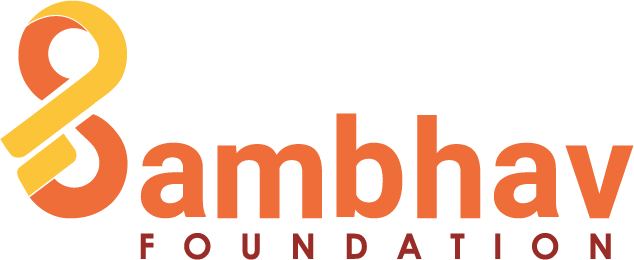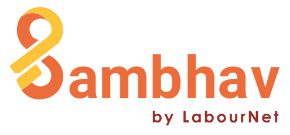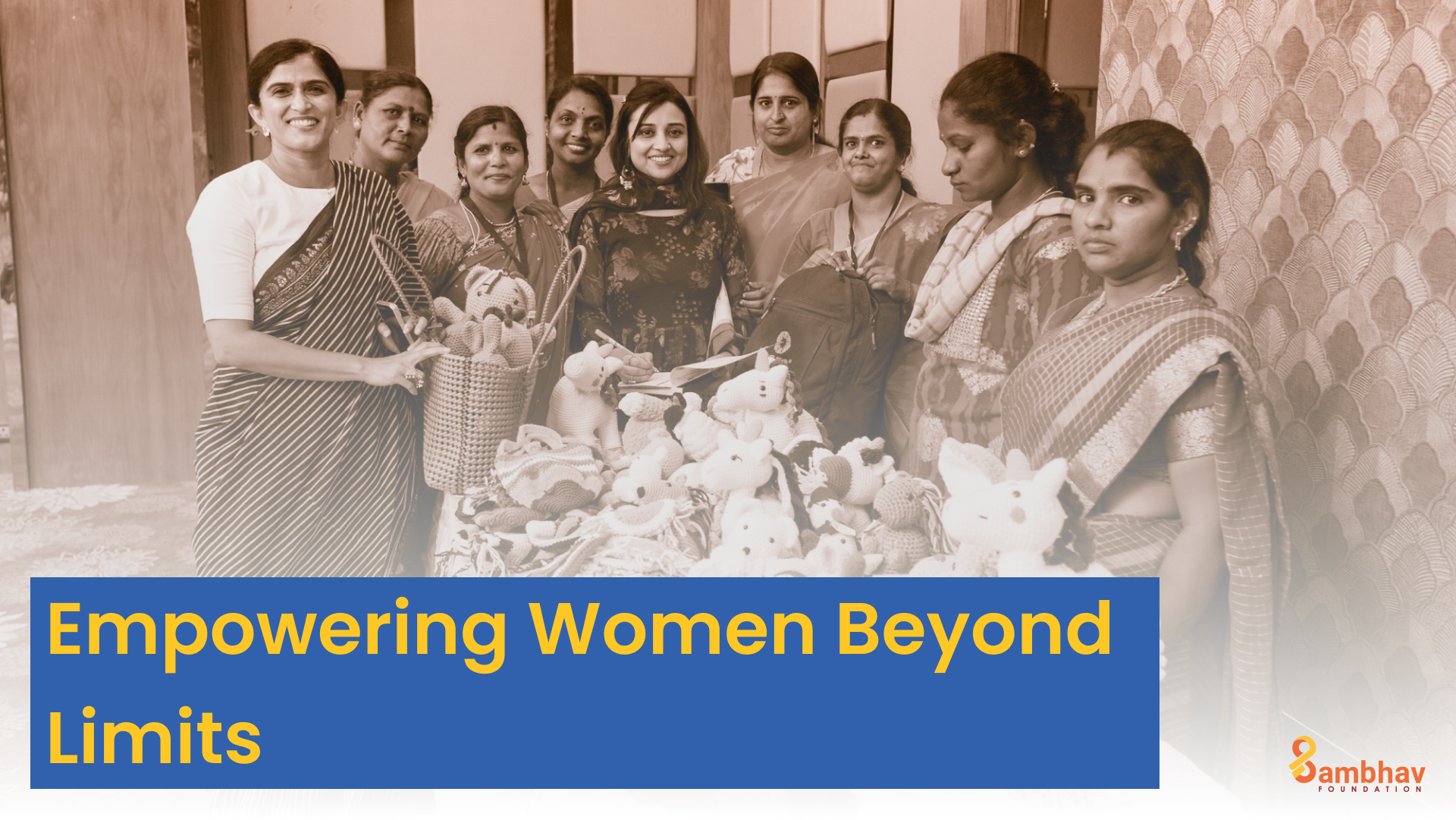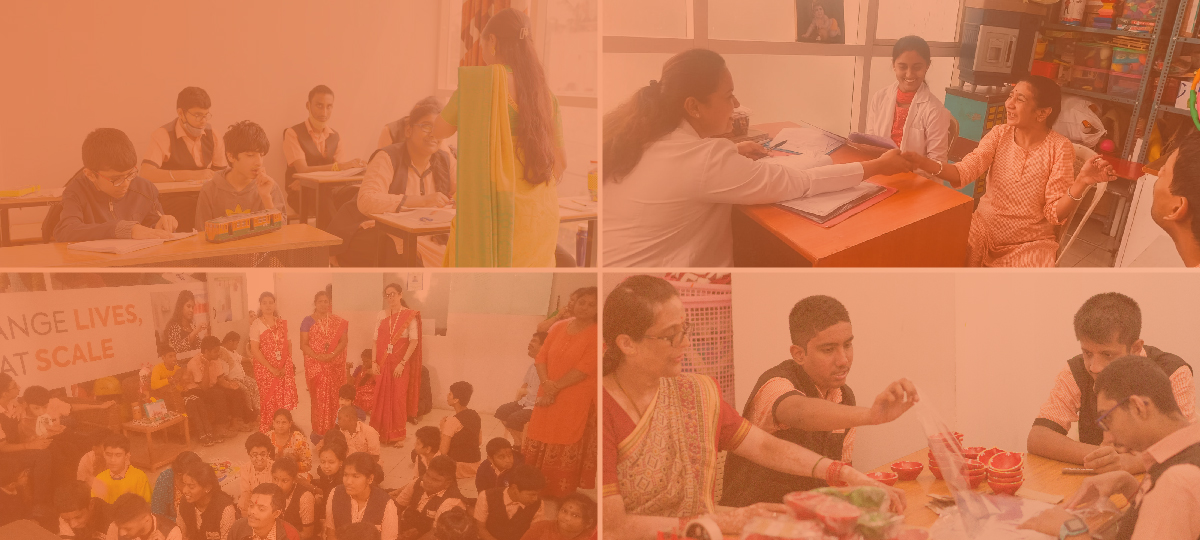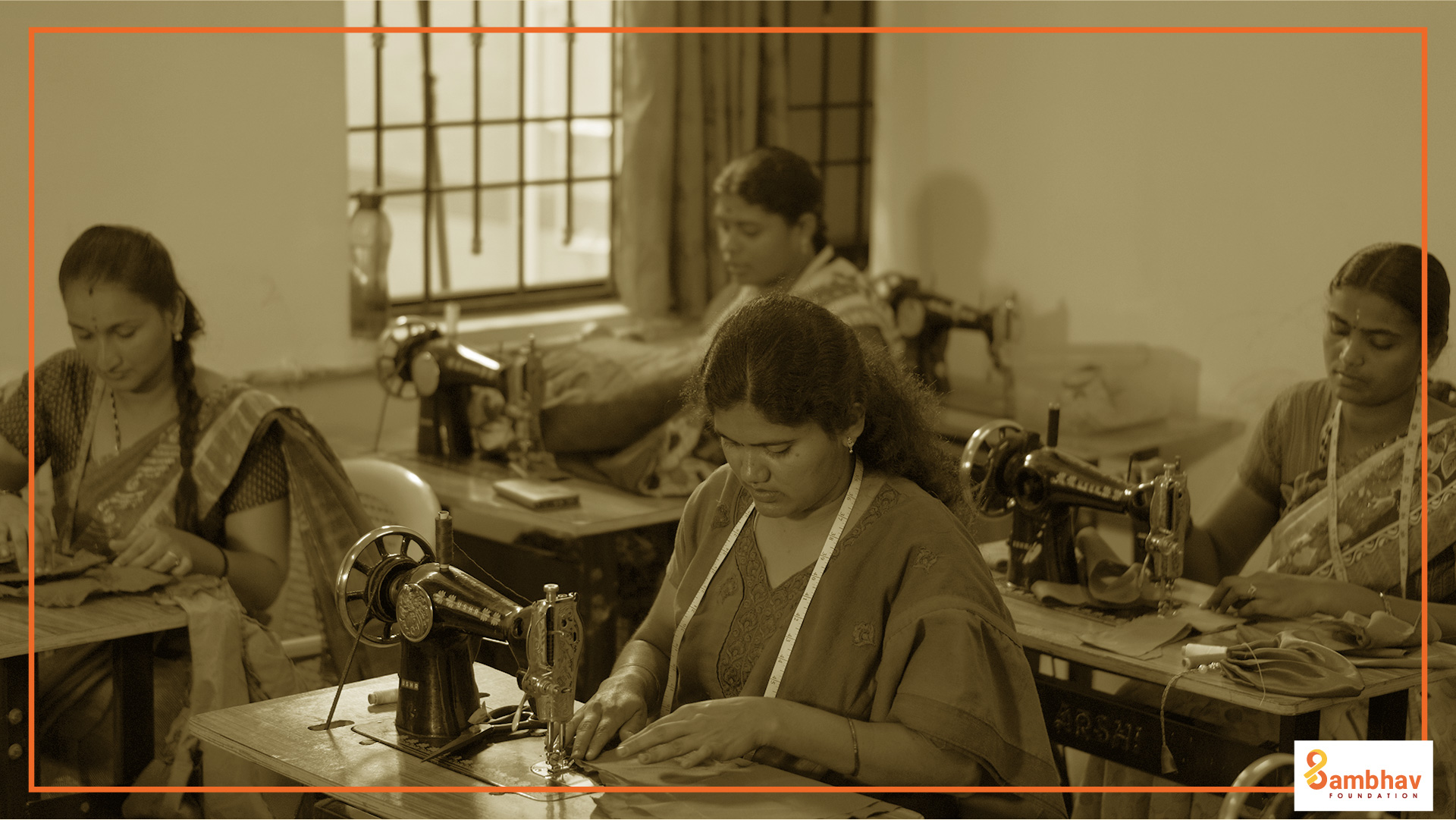We’re waking up to a world of possibilities unlocked by India’s public digital infrastructure. It’s been more than a decade since the launch of India Stack in 2009, which introduced Aadhaar and the United Payments Interface.
Since then we’ve seen several services and schemes being built on the backbone of this infrastructure — mobile payments, Jan Dhan Yojana accounts, the e-shram portal, the Udhyam portal for MSMEs, and a multitude of public health applications.
India had a decent head start in setting up public digital infrastructure. But we need to think more deliberately about why equitable access to this infrastructure is important.
1 Question.
- Why is public digital infrastructure important, and what are the ways we can leverage it at scale?
2 Perspectives
- Democratising digital infrastructure. It wasn’t that long ago that Facebook’s Free Basics programme raised concerns about net neutrality. In Myanmar, Facebook offered free internet, but subtly shaped what people could access. In essence, the company became synonymous with the internet in the country.
That’s not all. Ride sharing apps like Uber initially filled a crucial gap in public transport, until they proliferated at the expense of public transport, changing people’s perception of public transit in cities.
These examples show the risk of public digital infrastructure being in the hands of a few, because it can exclude those at the bottom of society.
Easy access to public infrastructure is also important to level the playing field for local digital industries. Can you imagine the rapid rise and adoption of financial payment apps in the absence of the United Payments Interface? - Bridging the digital divide: The rise and growing implementation of public digital infrastructure is happening alongside an existing digital divide (both in physical digital infrastructure and digital literacy).
There’s enough reports about people being locked out of digital services, but what are we doing about it?
In this context, the massive adoption of digital payments across the country (in a span of 5 – 6 years, no less) is a fantastic case study on making public digital infrastructure work. Studying the conditions that led to the massive adoption of digital payments can help scale other similar initiatives.
3 Factors
- Exploring use cases (Healthcare): Ayushman Bharat Digital Mission (ABDM) is looking to build a backbone for health infrastructure. It aims to transform public healthcare, and allow for the seamless delivery of health services.
The ‘ABHA number’ is at the core of this programme — it centralizes a patient’s digital healthcare records, allows them to access healthcare services, and mediates insurance claims. There are various digital public health initiatives like m-sakhi (maternal and reproductive health), m-diabetes ( a digital diabetes management app by the National Health portal of India), e-manas (tele mental health counselling). In the near future, we could see a convergence of these services.
Building out this basic health backbone will let new digital health service providers enter the market, driving innovation and increasing accessibility to services.
- Exploring use cases (Education): The meteoric rise of EdTech companies with billion dollar valuations has reignited interest in public education infrastructure. What will a public digital infrastructure for public education look like?
We saw glimpses of this in various grassroots efforts during the pandemic. School teachers who recorded and sent out lessons through WhatsApp videos. Smart classrooms inaugurated in some schools; government departments that produced and distributed educational content for students.
At the macro level, there’s the National Knowledge Network, that provides a “unified high speed network backbone for educational and research institutions in India”. The Digital Infrastructure for Knowledge Sharing (DIKSHA) is another initiative by the Ministry of Education to build a world of Open Digital Content.
(There are a plethora of other initiatives — e-pathshala, Swayam Prabha, Nishtha).
The easy availability of digital education resources (textbooks, videos etc) will allow social enterprises to step in and customise delivery of education for various target populations at the grassroots.
- Cybersecurity, Data Privacy: There have been instances of cybersecurity and data breaches exposing sensitive data in the recent past.
The issue becomes more important when it comes to sensitive health and financial information. There’s still some uncertainty about the safety and privacy of data being shared with digital portals. Absolute transparency and control over data sharing are essential to make these projects work.
Developing public digital infrastructure is a way to transform the lives of crores of people in our country. It’s important that it is done in a transparent, equitable manner.
Until next time,
Dr. Gayathri Vasudevan
